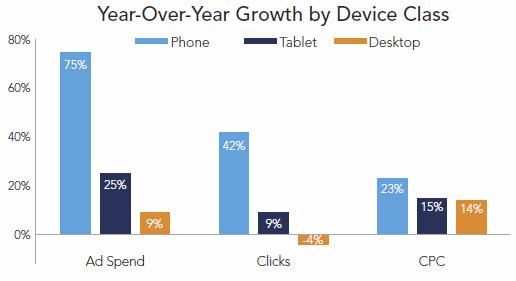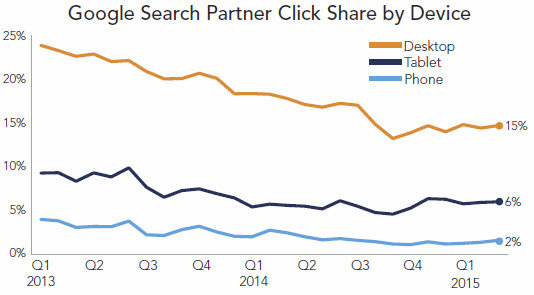 Last week I spent time with a young blogger who was completely stalled with her blog (for the purpose of this post I’ll call her Sally).
Last week I spent time with a young blogger who was completely stalled with her blog (for the purpose of this post I’ll call her Sally).
Sally’s blogging had started with a bang and had put together 3 great months of content and had started to build a readership but then it suddenly all came to a halt.
I arranged to catch up for coffee to see what had happened and see if there was a way to get her moving again and she told me a story that I’m sure many readers will find familiar.
Paralysed by Comparisons
The reason Sally started blogging was that she had been a reader of another reasonably well known blogger. She had been so inspired by this established blogger that she simply had to start her own blog – which she did.
The problem that brought Sally’s blog to a grinding halt started a few weeks after her blog began when Sally began to compare her fledgling blog with her hero’s blog.
It started innocently enough with her noticing that this others blogger’s design just seemed to flow much better than Sally’s. However in the coming days and weeks Sally started to compare other things too.
Her hero seemed to blog with more confidence, she got more comments, she had a larger Twitter following, she was more active on Pinterest, she was getting some great brands advertise on her blog, she was invited to cool events…
Once Sally started comparing she couldn’t stop. She told me that she would sit down to work on her blog and end up on her hero’s blog and social media accounts – for hours on end – comparing what they were doing.
On one hand Sally knew it wasn’t a fair comparison – she had only been blogging by this stage for a couple of months and her hero had been blogging for over 4 years… but logic was clouded out by jealousy and Sally found her blogging beginning to stall.
She started second guessing herself. She would work for days on blog posts – hoping to perfect them to the standard of her hero only to get to the point of publishing them and trashing them instead for fear of them not being up to scratch.
Days would go by between posts and then weeks. Sally’s blog began to stall… and then it died completely.
The Comparison Trap
Sally isn’t the only blogger to fall into the trap of comparing oneself with others – in fact I’ve heard this story (or variations of it) numerous times. If I’m honest, it’s something that at times I’ve struggled with too.
I remember in the early days of my own blogging comparing my style of writing with other bloggers that I admired who wrote in a much more academic, heavy style of writing. I tried to emulate this over and over again and never felt I hit the benchmark that they set.
The temptation was to give up – but luckily I found my more informal and conversational voice through experimentation and persistance.
Comparing Is Never Fair
As I chatted with Sally last week a theme emerged in our conversation – the comparisons were simply not fair.
Sally knew this on some levels but needed to hear it again.
Her hero had been blogging for years. Sally had been blogging for months.
Not only that – Sally was comparing herself to tiny snapshots of this other blogger.
She could see her hero’s Twitter follower numbers, how many comments she was getting, how many times she Pinned on Pinterest and the instagram photos of this blogger at glamorous events – but she didn’t really have the full picture of this other blogger.
She didn’t know how many hours that blogger worked, she didn’t know whether that other blogger had people working for her, she didn’t know if that other blogger was actually happy with her blog or life and she certainly didn’t see the instagrams of that other bloggers boring, dull or hard moments of life.
I’m not saying the other blogger is hiding anything or doing anything wrong – just that the comparisons Sally was making were of everything Sally knew about herself (and her insecurities) with tiny edited snapshots of the life and work another person.
Run You Own Race
Sally is a remarkable person. I’d love to tell you her real name and story because she’s overcome some amazing things in her life, has some unique perspectives to share and has an inspirational story to tell.
My encouragement to Sally (and to us all) is run her own race. Yes she’s running beside others that at times seem to be running faster or with more flare… but nobody else around her has her unique personality, set of experiences or skills.
Nobody else can blog like Sally – so the sooner she gets comfy in her own skin the better.
Don’t Fall Into This Trap That Could Destroy Your Blog
http://www.problogger.net/archives/2013/09/04/dont-fall-into-this-trap-that-could-destroy-your-blog/
http://www.problogger.net/archives/category/miscellaneous-blog-tips/feed/
@ProBlogger» Miscellaneous Blog Tips
Blog Tips to Help You Make Money Blogging – ProBlogger
http://www.problogger.net/wp-content/plugins/podpress/images/powered_by_podpress_large.jpg








